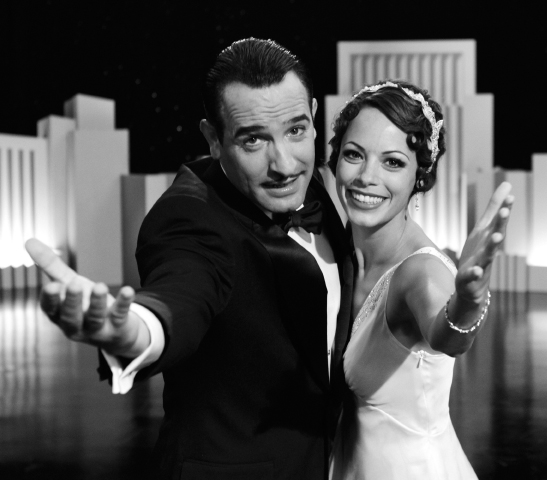The Introduction of Sound

With the studio system and Hollywood’s worldwide dominance firmly in place, the next big challenge was to bring sound to moving pictures. Various attempts at talkies had failed since Edison first tried to link phonograph and moving picture technologies in the 1890s. During the 1910s, however, technical breakthroughs at AT&T’s research arm, Bell Labs, produced prototypes of loudspeakers and sound amplifiers. Experiments with sound continued during the 1920s, particularly at Warner Brothers studios, which released numerous short sound films of vaudeville acts, featuring singers and comedians. The studio packaged them as a novelty along with silent feature films.
“I think that American movies, to be honest, are just simple. You blow things up, you shoot people, you have sex and you have a movie. And I think it appeals to just the more base emotions of people anywhere.”
ANTHONY KAUFMANN, FILM JOURNALIST, 2004
In 1927, Warner Brothers produced a feature-length film, The Jazz Singer, starring Al Jolson, a charismatic and popular vaudeville singer who wore blackface makeup as part of his act. This further demonstrated, as did The Birth of a Nation, that racism in America carried into the film industry. An experiment, The Jazz Singer was basically a silent film interspersed with musical numbers and brief dialogue. At first, there was only modest interest in the movie, which featured just 354 spoken words. But the film grew in popularity as it toured the Midwest, where audiences stood and cheered the short bursts of dialogue. The breakthrough film, however, was Warner Brothers’ 1928 release The Singing Fool, which also starred Jolson. Costing $200,000 to make, the film took in $5 million and “proved to all doubters that talkies were here to stay.”6
Warner Brothers, however, was not the only studio exploring sound technology. Five months before The Jazz Singer opened, Fox studio premiered sound-film newsreels. Fox’s newsreel company, Movietone, captured the first film footage with sound of the takeoff and return of Charles Lindbergh, who piloted the first solo, nonstop flight across the Atlantic Ocean in May 1927. Fox’s Movietone system recorded sound directly onto the film, running it on a narrow filmstrip that ran alongside the larger, image portion of the film. Superior to the sound-on-record system, the Movietone method eventually became film’s standard sound system.
Boosted by the innovation of sound, annual movie attendance in the United States rose from sixty million a week in 1927 to ninety million a week in 1929. By 1931, nearly 85 percent of America’s twenty thousand theaters accommodated sound pictures, and by 1935 the world had adopted talking films as the commercial standard.